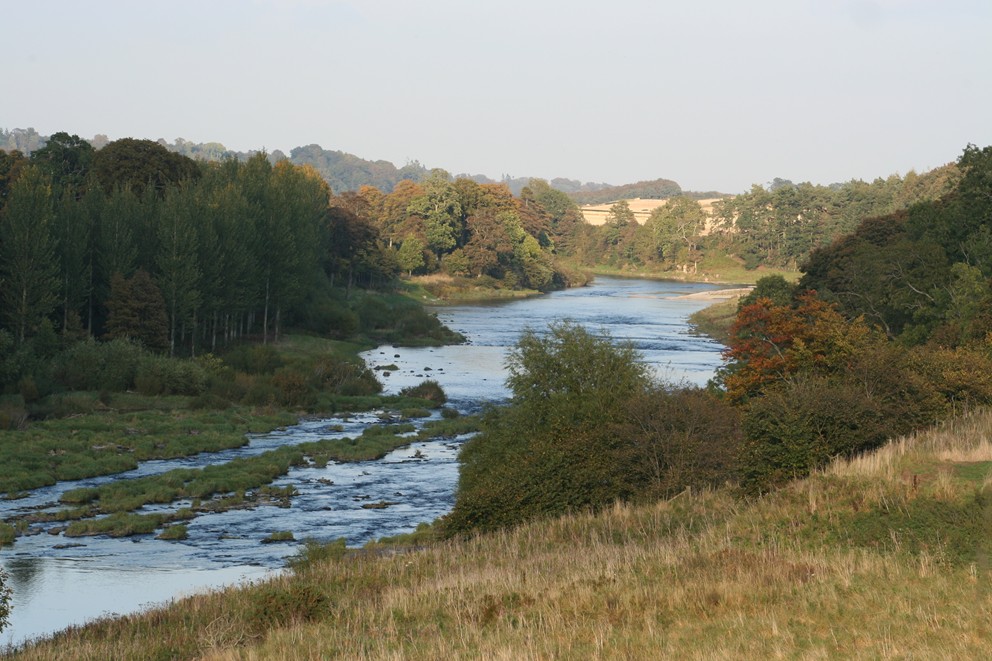There have been some very doom laden studies on the financial implications of the Drinking Water Directive on pesticide availability. These suggest that herbicides relied upon to control black-grass in oilseed rape could disappear, with dire financial consequences for the whole rotation. The view of the Environment Agency (EA) is that these studies are far too gloomy.
So what’s the truth? Well the EA is drawing up maps of areas that influence the pesticide content of raw drinking water. These represent very much the minority of arable land. So, by no means is the whole of the arable area expected to meet the demanding targets set by the Drinking Water Directive, which is incorporated into the Water Framework Directive.
And do the targets set by the Drinking Water Directives need to be totally met in raw drinking water? It seems not. The Water Framework Directive aims to stop the situation getting worse and avoid further investment in treatment.
But, but, but…this does not let any arable farmer off the hook. They need to adopt every reasonable measure in order to minimise movement of pesticides into water. It may be that additional measures need to be adopted in those areas that are sources of drinking water.
One major management target is for farmers to do their best to avoid huge spikes in pesticide levels in watercourses that can occur after heavy rain. Reducing water run-off, particularly from recently sprayed fields, will help significantly.
Outside the areas where drinking water is sourced, water bodies (typically lakes and rivers) have to meet the standards set by the Environmental Quality Standards (EQS) for the content of specific pesticides. The comforting fact is that a 2010 report suggests that 99% of water bodies are meeting these standards. A new report is being prepared and we await its results.
But, but, but…there is concern in arable farming that there are now interim arrangements for wider aquatic buffer zones, which can be up to 20 metres wide.
These were introduced at the request of the pesticide companies in order that the maximum number of existing and future pesticides is available to farmers. This is because the standards required preventing the impact of spray drift in water ecosystems have increased over the last few years.
The question is why have these standards increased? I have a sneaking suspicion that it’s because of the standards set in order to meet the requirements of the Water Framework Directive!
On the one hand, it may take only a small amount of spray drift to exceed EQS standards in a small field side ditch. On the other hand, the impact of individual fields on pesticide levels in a larger water body is literally watered down because of dilution of water from untreated areas.
EQS standards may largely being met for water bodies, but the impact may be felt at field level through the probability of wider buffer zones.
So, is the potential financial impact of the Water Framework Directive less than originally forecast in the reports on the subject? Probably yes, but, but, but……there is a potential financial impact due to wider buffer zones that was not forecast in these reports.

